Throughout their lives, many transgender individuals must overcome a number of struggles, ranging from employment discrimination to marred relationships. The most publicized challenge, however, involves something most people take for granted: the ability to use the bathroom.
With the passage laws like California's School Success and Opportunity Act and court decisions like recent ruling in the case of Nicole Maines, one could come to the conclusion that these challenges are soon to be a thing of the past. Unfortunately, for every step forward, trans people become more and more the target of antitransgender attacks. Last year, Arizona legislator John Kavanaugh introduced a bill in the state assembly that would have made it a misdemeanor for a transgender person to use a public restroom that didn't correspond with the sex listed on their birth certificate. Last month, the Utah state legislature introduced a bill requiring physical examinations for trans students who wish to use restrooms that correspond with their gender identity.
One woman has taken matters into her own hands, developing an app designed to help trans individuals locate restrooms where they are least likely to experience harassment or physical assault. Using the database of now-defunct website Safe2Pee, San Francisco-area coder Teagan Widmer launched Refuge Restrooms, an open-source collection of trans-safe restrooms. The Advocate had a chance to speak with Widmer about her latest project.
The Advocate: What exactly is the function of Refuge Restrooms, and how does it work?
Teagan Widmer: Refuge Restrooms is a web application that indexes and maps safe restrooms for transgender, intersex, and gender-nonconforming individuals. At its core, its goal is to be a place where you can go, type in an address and find the nearest refuge when you really need a place to use the bathroom. Already, the application has over 4000 bathroom listings all over the world (mostly thanks to the data provided by the now-defunct Safe2Pee site) and will only continue to grow as users add new safe bathroom listings.
Additionally, searches are able to be filtered by ADA accessability and unisex designations. That's part of the service, too, because some bathrooms may not be gender-neutral, but are still safe -- i.e. at the local LGBT center.
So what kind of places are listed? Businesses? Restaurants? Bars?
Basically any place where there is a restroom that should be considered safe to use. There are bars, restaurants, coffee shops, churches, community centers, malls, etc. Some of these places might be harder to access than others. And we provide an input field for the submitter to make some comments about that. For instance, if you have to be a "paying customer" to use the toilet there.
There are also simple comments where users can list information like that as well, but the idea is that there are going to be useable bathrooms everywhere, and if it's a single stall unisex bathroom -- it should be pretty safe.
Can you provide a little background on why bathroom access for trans individuals is an issue? What are some of the challenges trans people face when using public restrooms?
I think trans people face a unique set of complications when it comes to bathroom usage. I know for me, when I was early in my transition, I didn't feel comfortable in either bathroom. I no longer felt comfortable in the men's restroom, but I didn't feel comfortable in the women's bathroom either. I felt people's eyes on me -- I felt judgement. I felt like I didn't "pass enough." The concept of passing is super problematic in and of itself, but it's especially hard when it comes to bathroom usage. Many trans folk are left feeling really unsafe. If I go into the women's room, I might get yelled at. If I go into the men's room, I might get assaulted. And that brings up violence.
Just this week I was reading the story of a young transgender student who was attacked in a bathroom at California State University, Long Beach, and had the word "it" carved on their chest. That terrifies me. And it happens probably more than we know -- at least to a lesser extent. So trans people end up being afraid to use the bathroom and "holding it," which can cause all kinds of physical problems like urinary tract infections.
Also, there are folks who don't identify as male or female, and who identify as nonbinary, who don't feel comfortable using either bathroom, so they need to find unisex or gender-neutral restrooms to feel the most safe.
So, one issue that seems to keep coming up is the issue of trans students and bathroom usage. California recently passed a law that would allow trans students to use facilities that match their identities, but some people fear this will lead to invasion of privacy and assaults. What are your thoughts on trans students using facilities that match their gender identity? Would giving them access to a separate facility be good enough? Why or why not not?
Obviously, I think that trans people should be allowed to use the bathroom which they feel most comfortable using. For many binary-identified trans people, it's the gendered bathroom with which they identify. I don't think schools creating unisex bathrooms is enough. Trans students need to be able to use the bathroom that they feel the most comfortable and safe in. However, I do think the existence of unisex bathrooms are important, especially for those who identify as nonbinary. It's also really important for those who maybe early in transition will self-select themselves out of the gendered bathroom they identify with for their own comfort and who do not desire to use the other bathroom because of fear of violence.
For me, it's kind of common sense that trans kids should be allowed to use the bathroom they would feel the safest and the most comfortable in.
What platform is your app available on?
It's a free web application that is responsive on mobile phones. You access it by going to refugerestrooms.org. At this time there is no native mobile app for it, but it's on my to-do list. I've been teaching myself how to program as I built this app, so it's been slow at times. I still have a lot of features to add to the web application, but I felt it was important to get a functional, searchable database of entries up as soon as possible so that the resource was available to people. If anybody wants to tackle the native applications for iOS and Android, they should contact me.













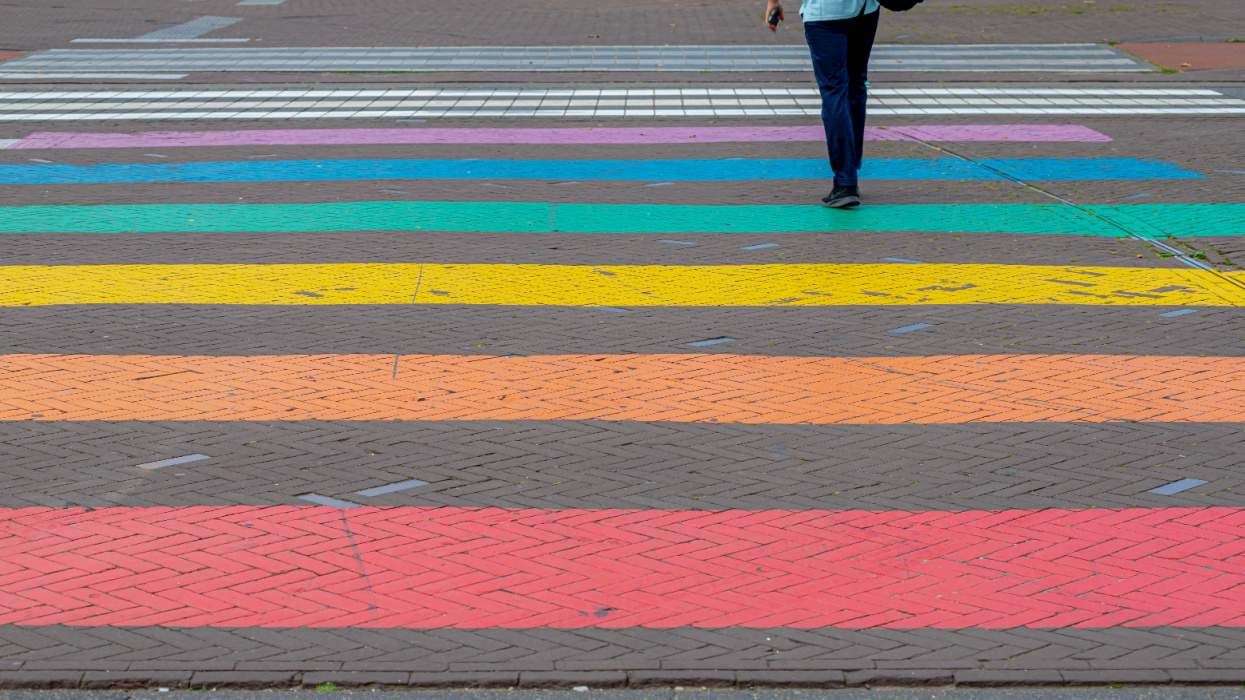


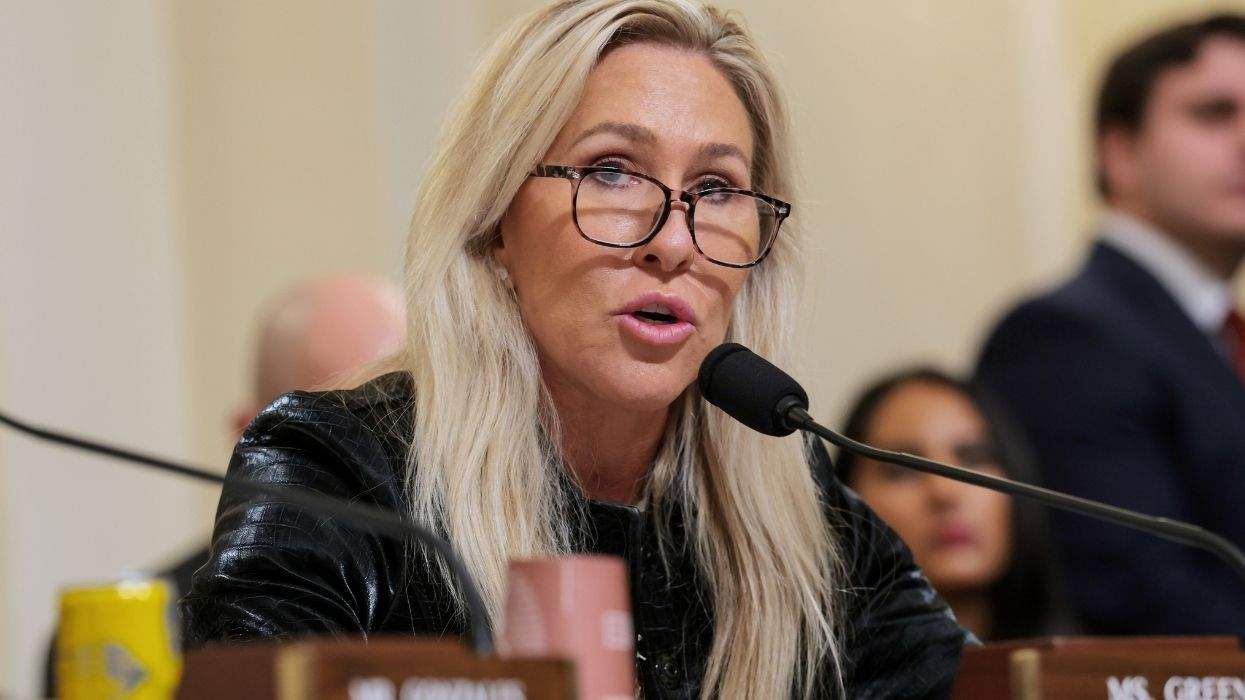
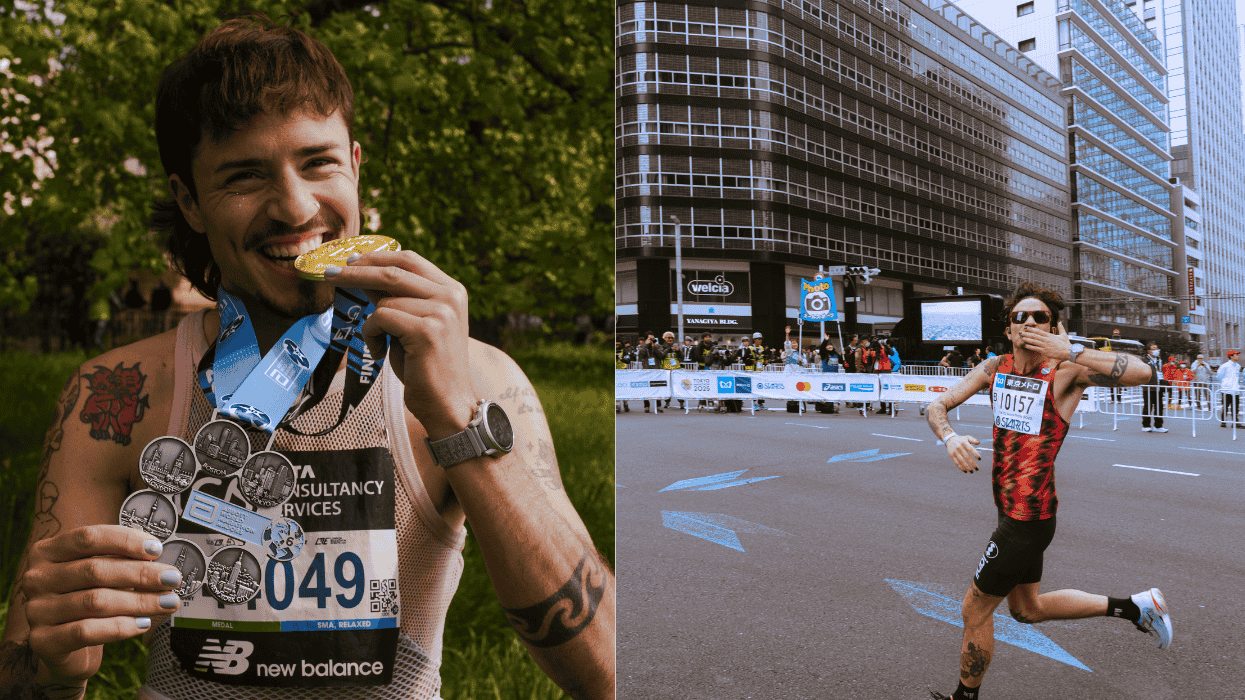
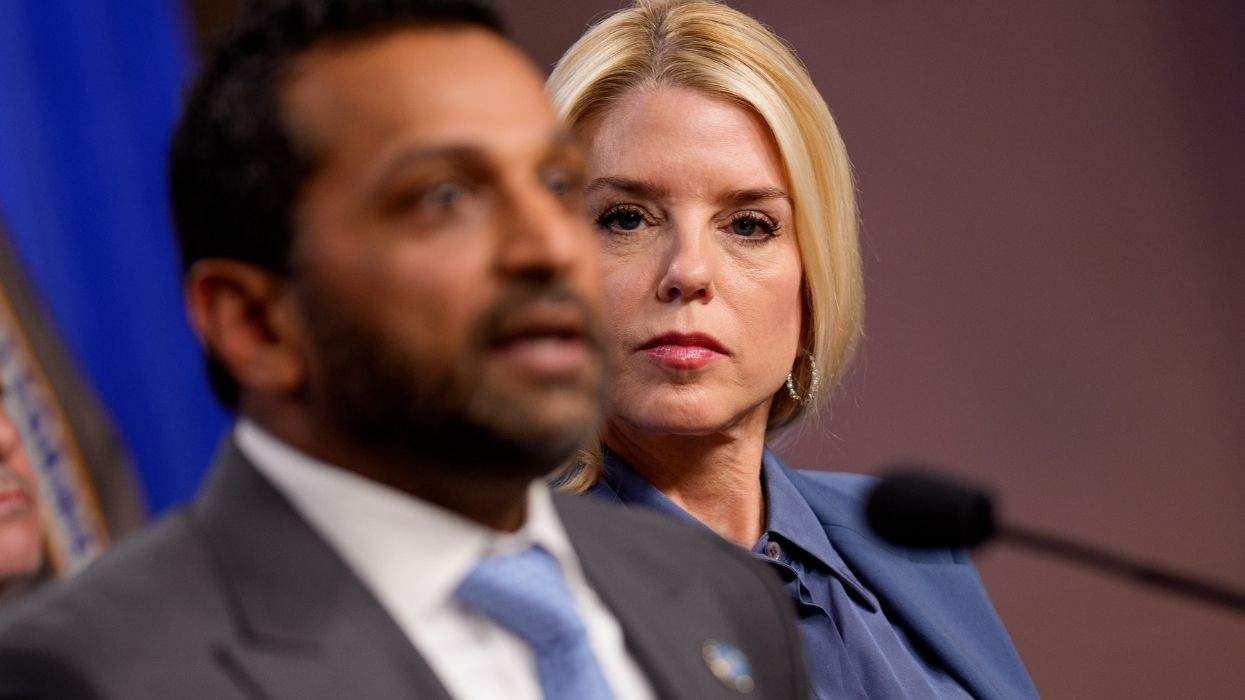
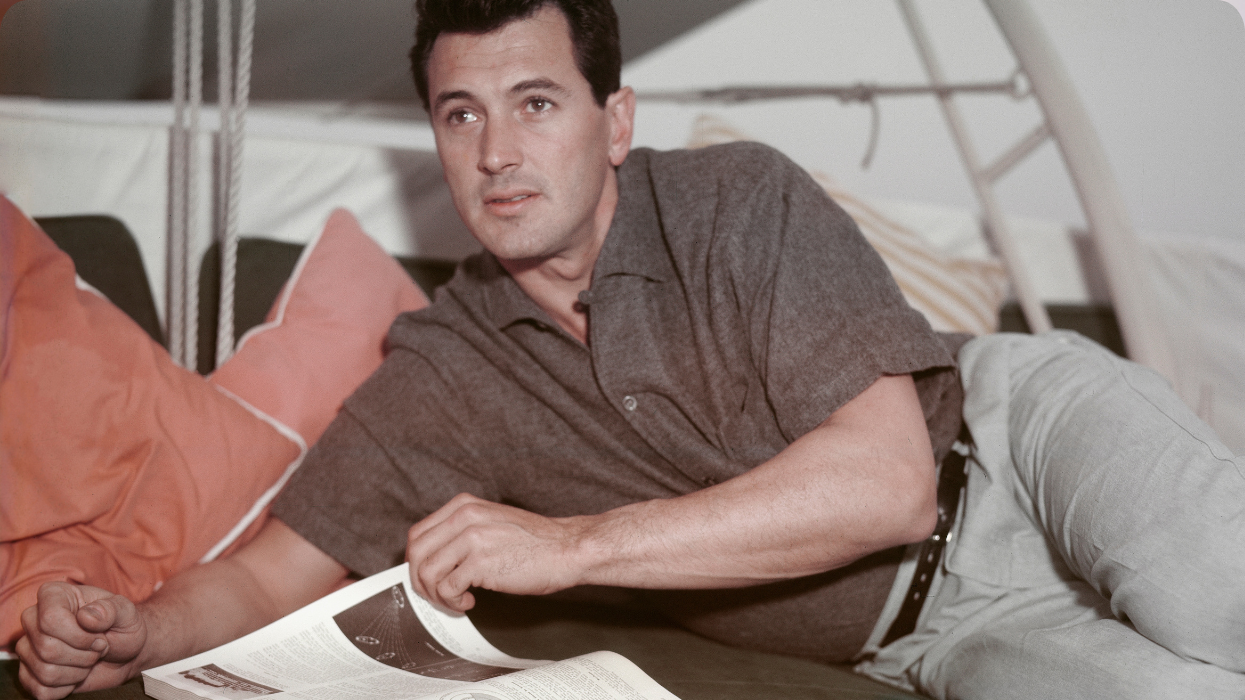
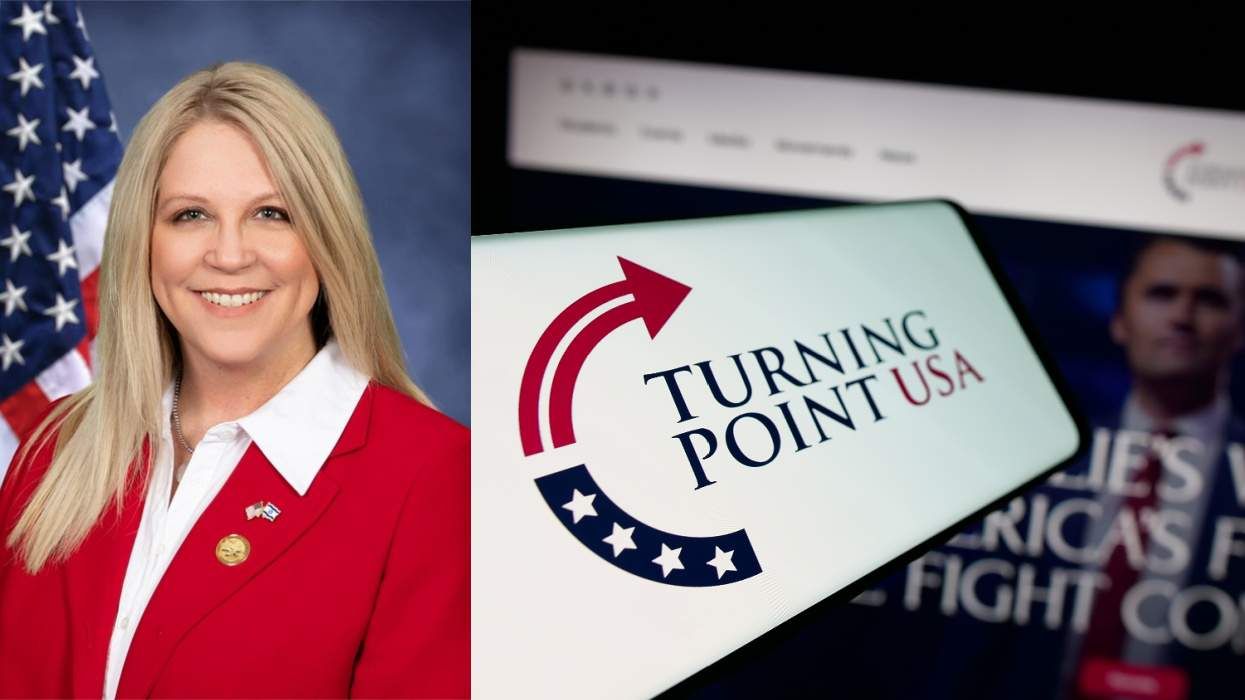

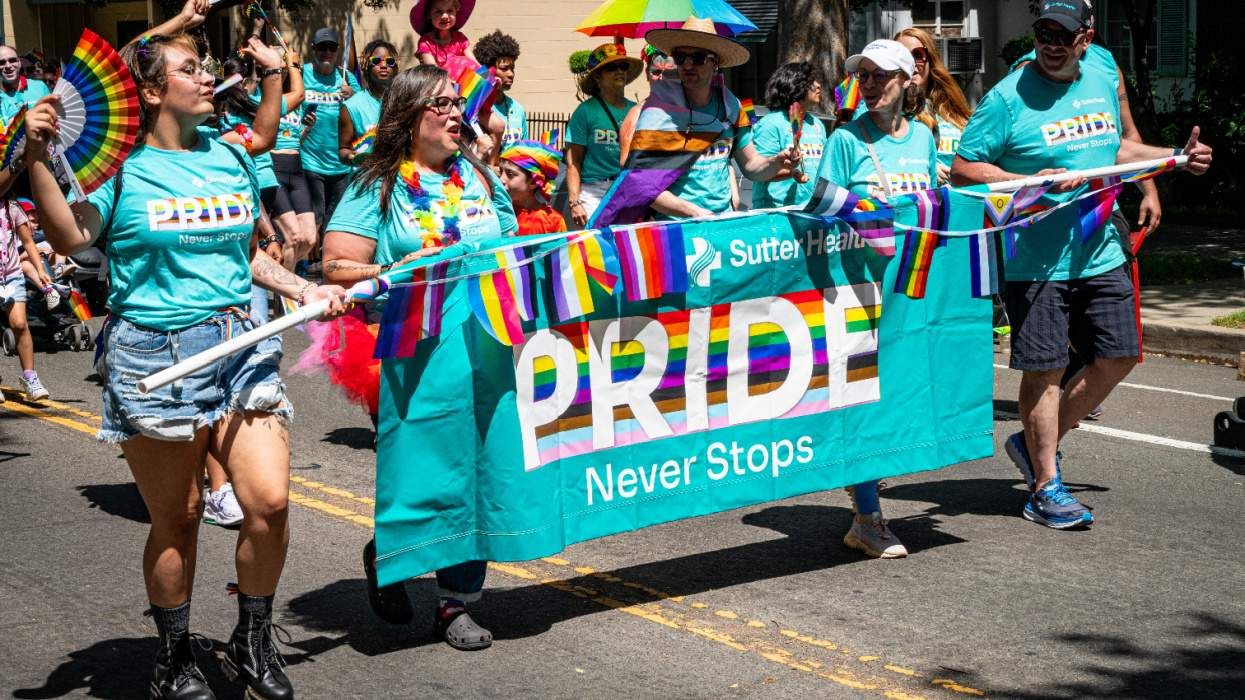
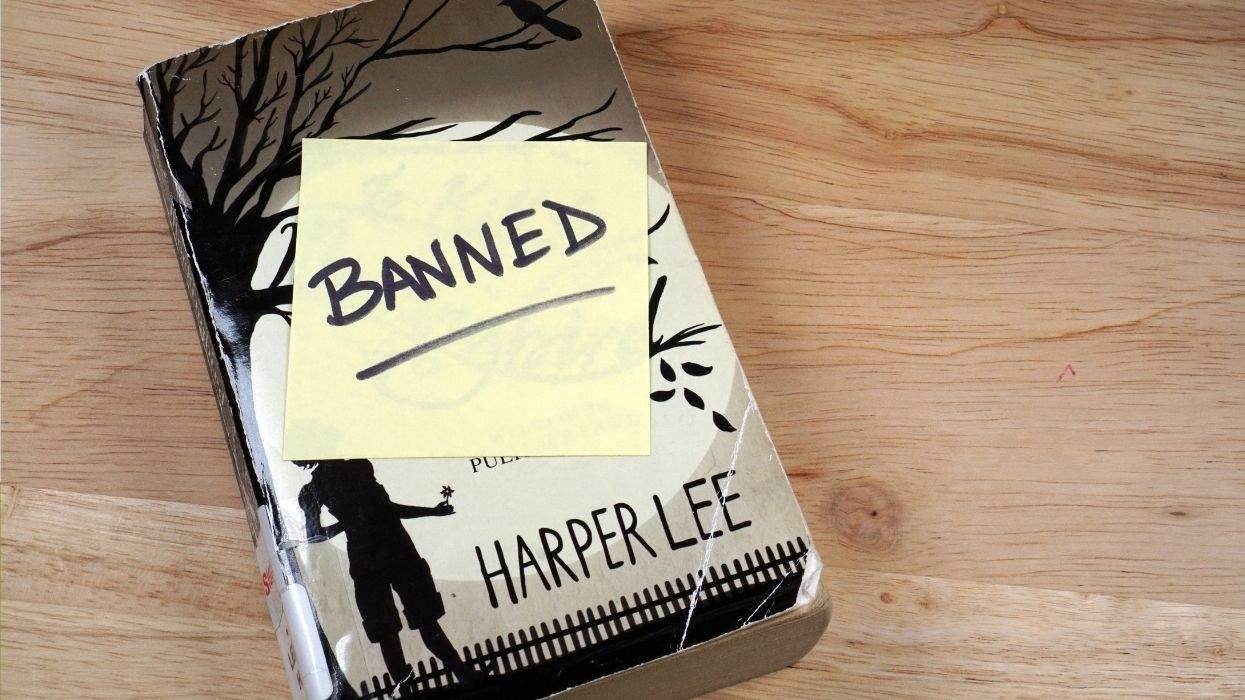
















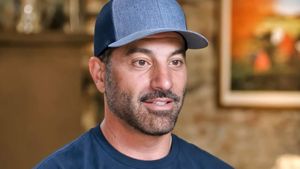

























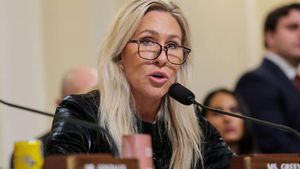

Charlie Kirk DID say stoning gay people was the 'perfect law' — and these other heinous quotes